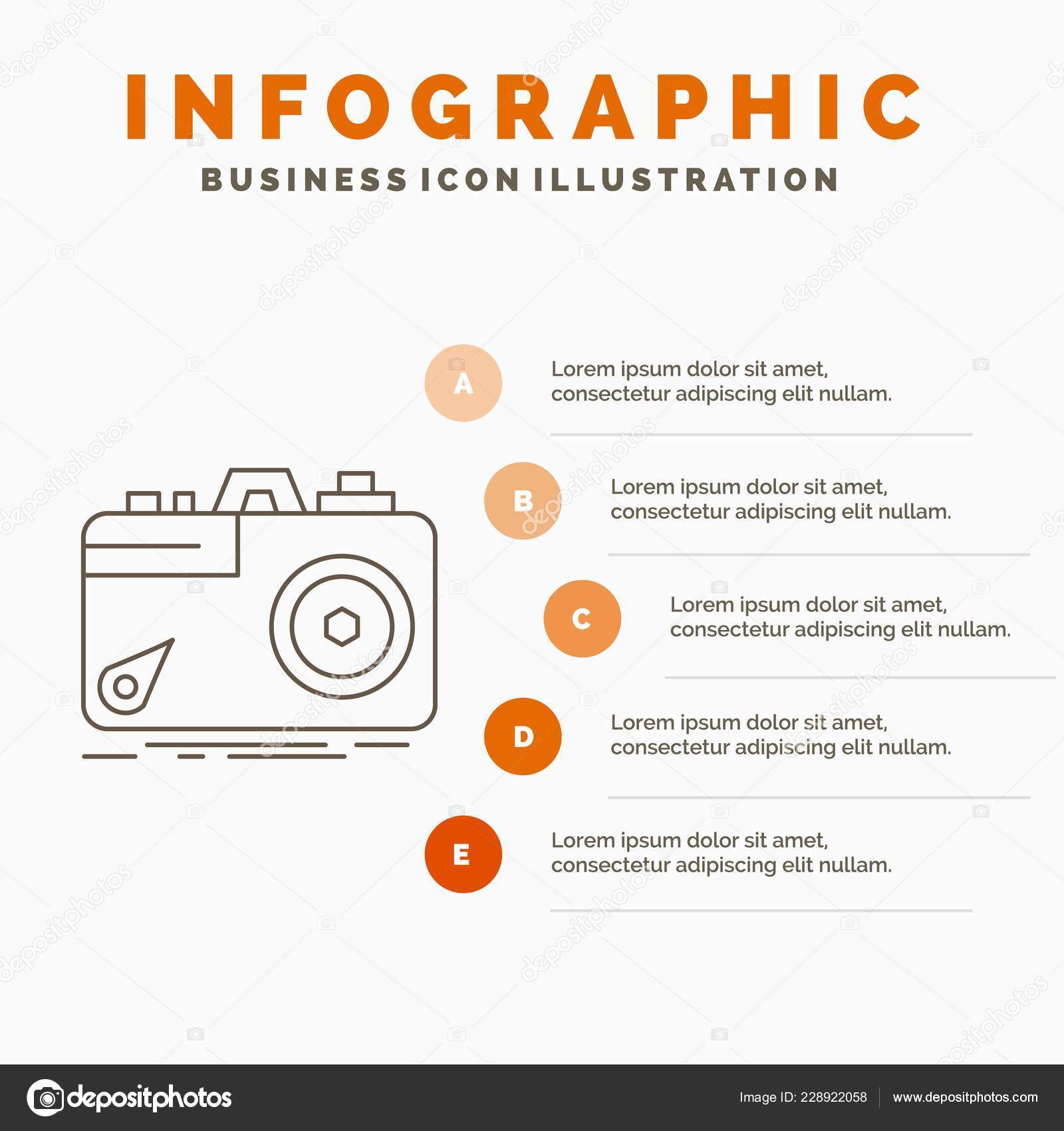Transform Your Digital Photography By Mastering Lights Methods That Can Boost Your Images-- Uncover The Usual Pitfalls That Could Be Holding You Back
Transform Your Digital Photography By Mastering Lights Methods That Can Boost Your Images-- Uncover The Usual Pitfalls That Could Be Holding You Back
Blog Article
Authored By-Rogers Brady
As a photographer, you recognize that illumination can make or damage your pictures. Comprehending the nuances of both natural and artificial light is necessary for catching the state of mind and clearness you aim for in your work. Whether you're chasing after the best golden hour radiance or adjust your artificial configurations, understanding these components can boost your photography dramatically. However there are common mistakes that many forget, and acknowledging them can transform your approach to every shoot. Let's explore what you could be missing and how it can affect your results.
Understanding Natural Light
Recognizing all-natural light is critical for any kind of photographer aiming to boost their work. It's the structure of great digital photography, affecting mood, tone, and clearness. When you shoot outdoors, take note of the moment of day. The golden hour-- quickly after daybreak and prior to sunset-- offers soft, cozy light that can change regular scenes into stunning images.
Don't undervalue the power of cloudy days. Cloud cover diffuses sunlight, developing a soft, also light that's best for portraits and macro digital photography. You'll find shades pop in this type of lights without harsh shadows.
Placing matters, too. Constantly consider your topic's positioning to the light source. If source website 's behind your subject, you may end up with a shape, which can be remarkable but mightn't be what you want. Alternatively, direct sunshine can produce uncomplimentary darkness.
Trying out angles; occasionally, altering your point of view can yield outstanding results. Use natural reflectors, like water or sand, to jump light onto your topic, adding dimension.
Learning Artificial Light
Mastering artificial light is important for digital photographers who wish to take their abilities to the following degree. Whether you're using speedlights, studio strobes, or continual lights, recognizing exactly how to control these sources can dramatically improve your images.
Start by https://postheaven.net/danilobetsy/just-how-to-select-the-right-electronic-camera-for-your-digital-photography on your own with the fundamentals of light quality, instructions, and shade temperature. Trying out various modifiers like softboxes, umbrellas, or grids to control the softness or violence of the light.
You'll discover that soft light commonly produces complementary results, while harsher light can add drama and depth. Do not shy away from darkness; they can enhance the three-dimensionality of your subjects.
Pay close attention to the placement of your lights. A light positioned also near to your topic can create uncomplimentary outcomes, while as well far away can result in an absence of detail. Use a light meter or your video camera's histogram to guarantee you're subjecting appropriately.
Lastly, bear in mind that synthetic light can be blended with ambient light for creative impacts. Stabilizing these sources could take method, once you grasp it, your digital photography will truly beam.
Methods for Different Circumstances
When you enter various shooting scenarios, adjusting your lights methods is essential for capturing the best images. For outside portraits, utilize the gold hour-- early morning or late afternoon light-- to soften darkness and enhance complexion.
If it's a harsh lunchtime sunlight, think about making use of a reflector to bounce light back onto your topic or seek shaded locations for a much more also direct exposure.
In low-light scenarios, like indoor events, boost your ISO and use a wide aperture to let in even more light. A tripod can help remove camera shake, enabling longer direct exposures without blurring.
If you're contending night, trying out off-camera flash to produce vibrant lights and deepness in your pictures.
For product photography, use diffused lighting to prevent harsh reflections. Softboxes or light camping tents can help achieve this result.
When photographing landscapes, think about the instructions of light and time of day, as it can significantly change the state of mind of your shot.
Always be ready to adjust your setups and positioning based upon the situation, as versatility is essential to mastering illumination in digital photography.
Conclusion
To conclude, mastering illumination is crucial to raising your digital photography abilities. Welcome natural light's elegance throughout gold hour, and don't shy away from explore synthetic light techniques. By adjusting your method to various scenarios, you'll capture spectacular pictures that reverberate with feeling and quality. Keep in mind, the appropriate lighting can change a common shot into something amazing, so keep exercising and fine-tuning your understanding of both natural and artificial light. Delighted capturing!
